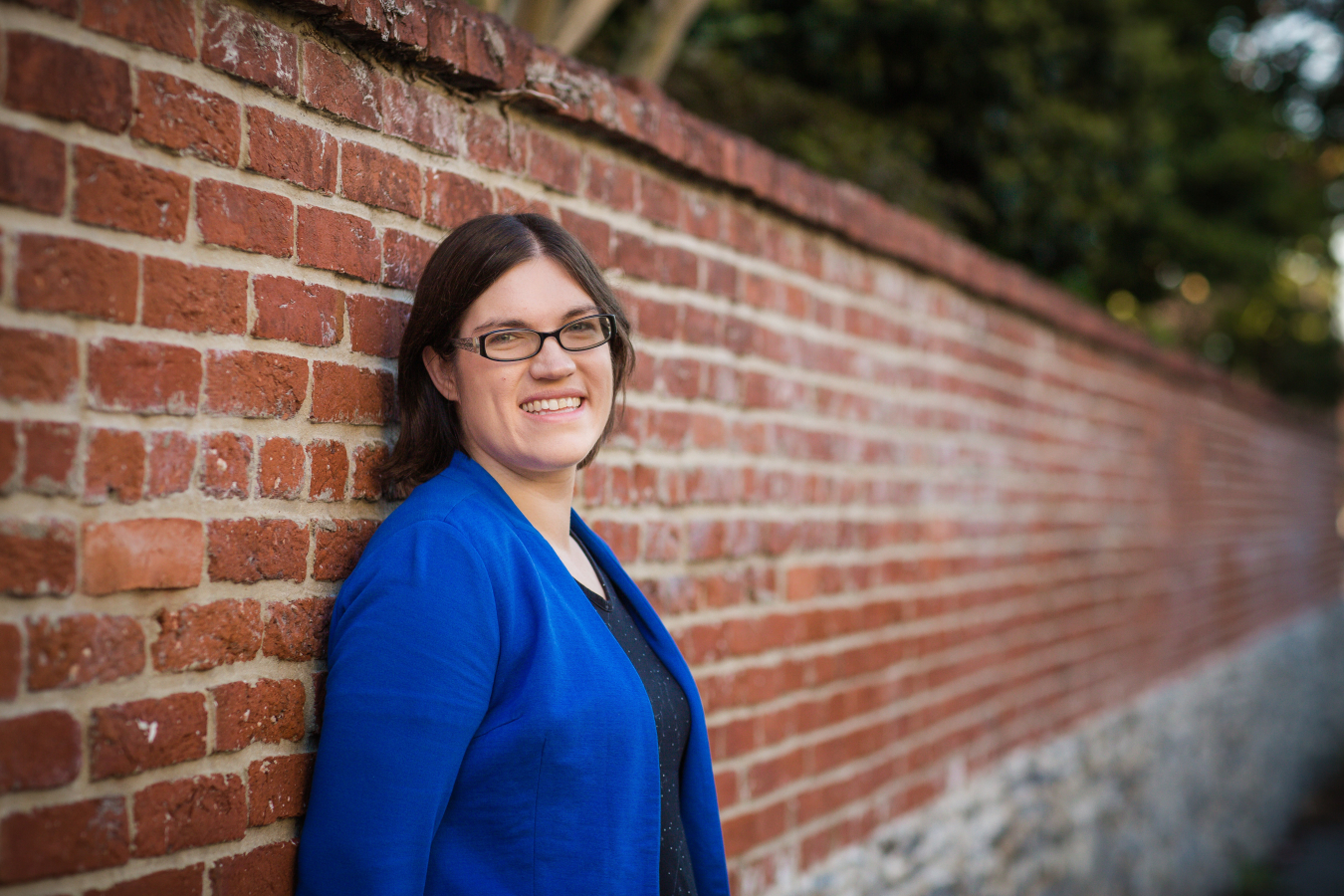Virginia Tech takes the checkered flag as the inaugural EcoCar competition comes to a close in Washington, D.C.
June 21, 2011The EcoCAR Challenege is a competition that challenges participating students from across North America to re-engineer a vehicle donated by General Motors. With the goal of minimizing the vehicle's fuel consumption and emissions, while maintaining its utility, safety and performance, teams had to find the best combination of cutting-edge technologies to meet these objectives.
Last Thursday, the Library of Congress’s vaunted halls were filled with undergraduate and graduate students on the edge of their seats, waiting to hear the first place winner of the EcoCAR: The NeXt Challenge competition. As Patrick Davis, Vehicle Technologies Program Manager for the Department of Energy, and Mike Robinson, General Motors’ Vice President of Environment, Energy and Safety Policy, jointly announced, “And the first place award goes to Virginia Tech!” the room erupted in applause. The proud team stepped up to the stage, a culmination of three years of designing their vehicle’s architecture, installing entirely new hardware, revising the car’s controls systems, conducting outreach to their community and much more.
Virginia Tech was just one of 16 teams competing in EcoCAR, a competition that challenged participating students from across North America to re-engineer a vehicle donated by General Motors. With the goal of minimizing the vehicle's fuel consumption and emissions, while maintaining its utility, safety and performance, teams had to find the best combination of cutting-edge technologies to meet these objectives. In the final year, the vehicles ran through a series of safety and technical tests at GM’s Proving Ground in Milford, Michigan very similar to those GM’s own production vehicles undergo.
Combining extended range electric technology with the capability to also run on E85, Virginia Tech’s vehicle reached a fuel efficiency of 81.9 miles per gallon gasoline equivalent, a 70 percent improvement over the stock vehicle. Second place winner, Ohio State University, had a very similar architecture, taking advantage of this design’s ability to significantly reduce emissions and petroleum use. Taking third place, the University of Waterloo transformed its vehicle into a hydrogen fuel cell plug-in hybrid electric vehicle. Working with a complex architecture, the team was the first in the history of Advanced Vehicle Technology Competitions to run a fuel cell vehicle in all the dynamic events during finals. The Green Garage Blog has more details on all of the teams’ performances in finals.
Visitors, including Secretary Chu, were able to view all of the EcoCAR vehicles earlier that day just outside of the Department of Energy’s Forrestal Building. Secretary Chu talked to a number of the teams, asking them about the technologies they chose, their battery pack designs and even the jobs team members are moving into post-graduation. Despite being awed by the opportunity to speak to the Secretary, the students admirably described the process and results of their hard work in detail.
As EcoCAR wraps up, it is only the beginning for the next chapter in the Energy Department’s 23-year history of advanced vehicle technology competitions. In April, Assistant Secretary for Policy and International Affairs David Sandalow announced the launch of EcoCAR 2: Plugging into the Future. We look forward to seeing the new and innovative designs that students bring to this challenge and know they will find a way to exceed even our highest expectations.
Shannon Brescher Shea

Shannon Brescher Shea (shannon.shea@science.doe.gov) is the social media manager and senior writer/editor in the Office of Science’s Office of Communications and Public Affairs. She writes and curates content for the Office of Science’s Twitter and LinkedIn accounts as well as contributes to the Department of Energy’s overall social media accounts. In addition, she writes and edits feature stories covering the Office of Science’s discovery research and manages the Science Public Outreach Community (SPOC). Previously, she was a communications specialist in the Vehicle Technologies Office in the Office of Energy Efficiency and Renewable Energy. She began at the Energy Department in 2008 as a Presidential Management Fellow. In her free time, she enjoys bicycling, gardening, writing, volunteering, and parenting two awesome kids.


